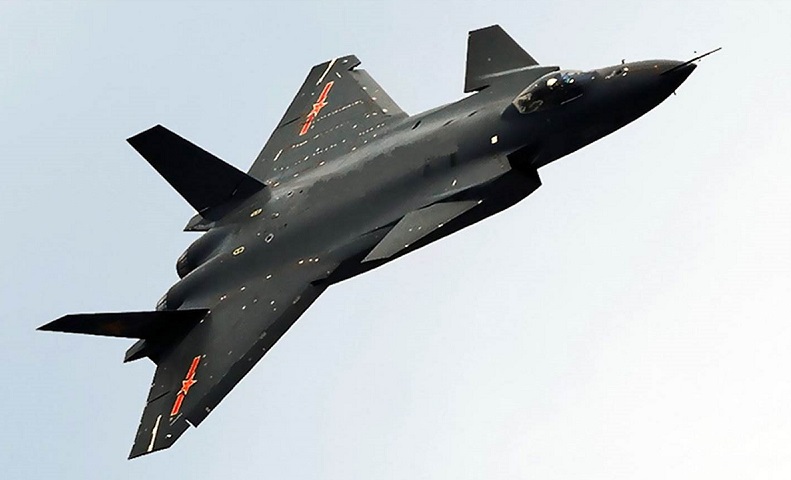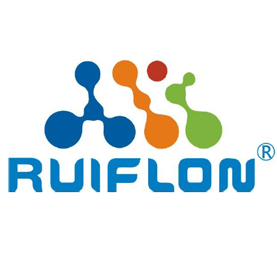

ETFE and XL-ETFE are both common insulation materials used in wires for the aerospace industry. Aerospace wires are used in tough applications where severe temperatures are encountered. Both ETFE and XL-ETFE are thermal aging, solder and moisture resistant. These materials are used as insulation in slants within M22759 military wire. MIL-W-22759 has since been replaced with the classification SAE AS22759, however it is still commonly referred to by it’s mil-spec call out. The slants that will be compared in this post are /16-/19 which use ETFE and /32-/35 which uses XL-ETFE. These aerospace wires, for the most part, are very similar. Let’s take a closer look.
What is ETFE?
ETFE is an acronym for Extruded Ethylene Tetrafluoroethylene. It is wire insulation used primarily in electronic aerospace and transit applications. These applications usually call for cable that is mechanically tough and flame retardant, as well as lightweight. The MIL Spec slants using this insulation are M22759/16-/19. These slants are primarily used in aerospace/aircraft applications where military specifications are needed. Below is an expanded table on these slants.
| Slant | Conductor | Insulation | Voltage | Temp. Rating |
| M22759/16 | Stranded Tinned Copper | ETFE | 600V | 150°C |
| M22759/17 | Silver Plated Copper Alloy | ETFE | 600 V | 150°C |
| M22759/18 | Stranded Tinned Copper | ETFE | 600V | 150°C |
| M22759/19 | Silver Plated Copper | ETFE | 600V | 150°C |
What is XL-ETFE?
XL-ETFE is an acronym for Cross Linked Extruded Ethylene Tetrafluoroethylene. It is wire insulation that is used primarily in avionic and airframe applications. These applications typically demand mechanically tough and flame retardant cable. In addition, XL-ETFE, a type of thermoset insulation, provides excellent fluid/oil/moisture resistance. Cross linking also creates increased stability at higher temperatures. The MIL Spec slants that use XL-ETFE are M22759/32-/35. Below is an expanded table on these slants.
| Slant | Conductor | Insulation | Voltage | Temp. Rating |
| M22759/32 | Tinned Copper | XL-ETFE | 600V | 150°C |
| M22759/33 | Silver Coated High Strength Copper Alloy | XL-ETFE | 600V | 200°C |
| M22759/34 | Tinned Copper | XL-ETFE | 600V | 150°C |
| M22759/35 | Silver Coated High Strength Copper Alloy | XL-ETFE | 600V | 200°C |
ETFE vs. XL-ETFE Aerospace Wire
As you can see, there is some overlap between ETFE and XL-ETFE insulated wires. Both are aerospace wires with a voltage rating of 600V, use similar conductor material, and meet military specifications.
Even though ETFE and XL-ETFE are similar, they do have some very noticeable differences. The main difference being that one is cross linked and the other is not. The cross linking in slants /32-/35 when using silver coated/plated copper alloy as the conductor, give them an overall higher temperature rating than slants /16-/19. Slants /16-/19 with silver coated/plated copper alloy are rated to 150°C, while in slants /32-/35, those that use silver coated/plated copper alloy are rated to 200°C. Cross linking also provides greater stability at these higher temperatures than its regular counterpart.
If you are would like to know more features about Ruiflon™ brand XLETFE,please do not hesitate to let us know.
